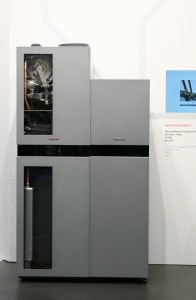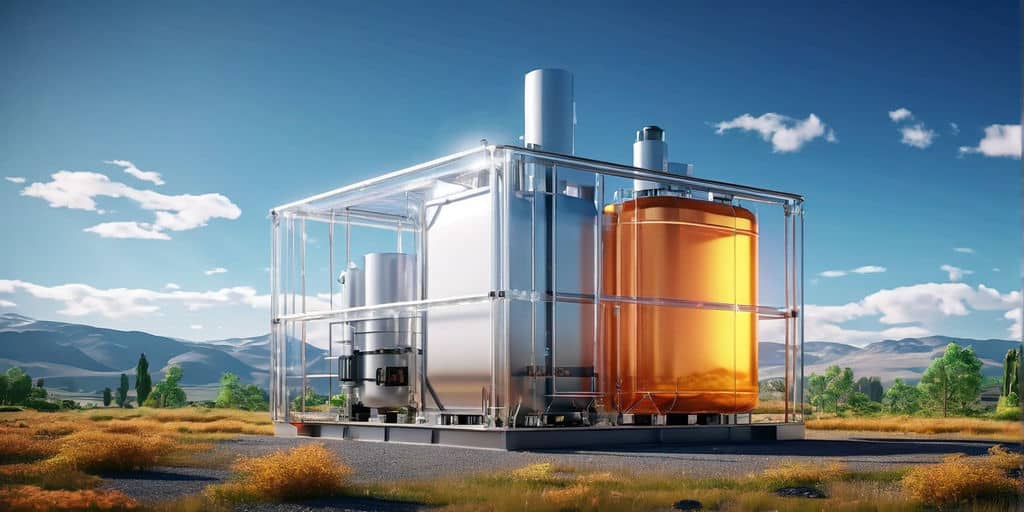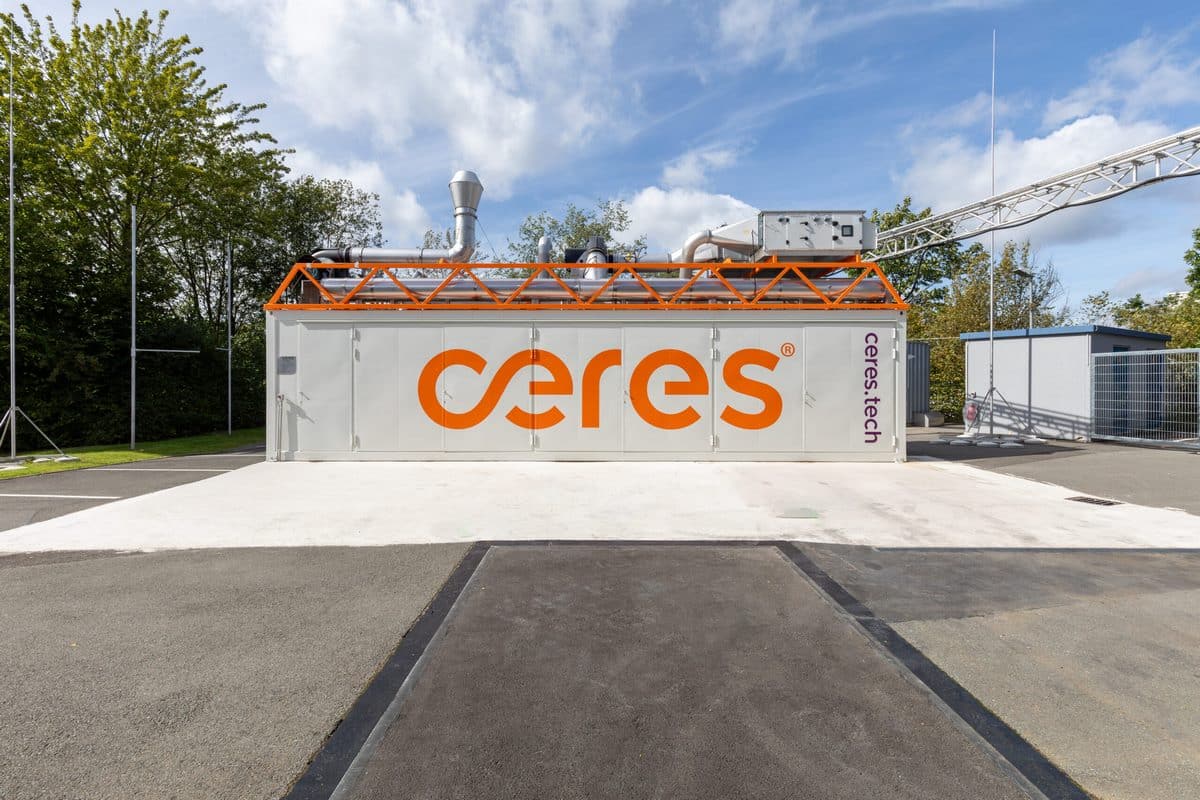In March 2015, the German Federal Ministry for Transport and Digital Infrastructure (BMVI) introduced a new funding regulation: “Fuel cells for highly efficient combined heat and power units”. These FC-CHP guidelines aim to ensure the smooth transition of fuel cell-based combined heat and power technology from the research and development stage (R&D) to commercialization over the short and medium term. On this basis, the BMVI awards investment grants to fuel cell CHP devices in single and multi-family dwellings as well as in industrial and commercial properties which have an electrical output of up to 20kW. Playing a leading role here are the National Organization for Hydrogen and Fuel Cell Technology (NOW) and the project implementing organization Jülich (PtJ).
The fuel cell CHP guidelines are designed for companies which want to launch fuel cell-operated CHP devices in the market. They are therefore oriented towards multipliers (energy providers, public utilities providers, intermediaries) that install at least five units. The manufacturers of the devices and the components themselves are not included.
The funding measure forms part of the National Innovation Program for Hydrogen and Fuel Cell Technology (NIP) which is to continue until the end of 2016. Accordingly, this funding option is temporally limited until the end of 2016. It has been possible to submit applications since March 2015. If these arrive after the 31st May 2015, however, it is not possible to guarantee that they will actually be taken into consideration. The money for this measure comes from the NIP, although this project was originally intended to provide funding for R&D and demonstration projects. Since the BMVI recently created a new investment title within the NIP but didn’t have any of its own financial resources, R&D funding from other areas can also be moved into this title and put to use there.
For each device, a fixed basic level of funding in sum total of 1,600 Euros and a performance-related sum total are paid (see table). On this basis, for a 1-kW unit, companies receive 9,600 Euros (€ 1,600 + 1 x € 8,000), while for a 0.3-kW unit, they get 4,000 Euros (€ 1,600 + 0.3 x € 8,000).
Min. output [kWel] Max. output [kWel] Funding per kWel [€]
0.25 1 8,000
1 3 2,000
3 5 1,000
The funding can, however, only total a maximum of 45% of the extra investment costs, in the context of which the price difference between the new FC units and conventional devices in a comparable performance class serves as the computational reference value. Prototypes do not receive any funding. In addition to this, the funding is not cumulative with other measures with the exception of remuneration claims according to the CHP law.
The goal of these guidelines is to support the pending market launch in order to reduce the investment costs of fuel cell systems with economies of scale. To this end, NOW has set up a special homepage: www.brennstoffzellen-kwk.de. This also includes the BAFA list with all of the models which qualify for funding. The Inhouse5000 is not yet included, since according to the statement of NOW Director Dr. Klaus Bonhoff, it is not yet sufficiently developed/certified. Riesaer Brennstoffzellentechnik GmbH confirmed that they were working on this when asked, however.
BMUB – BMVI – BMWi
Expressed in general terms, it is possible to say that the different programs in the different government ministries can be understood in terms of the BMUB making use of proven funding instruments to guarantee basic funding to the end customers of the FC heating devices in the short term. Although it is not specifically concerned with the stationary supply of energy by definition, the BMVI is providing NIP funding to multipliers over the medium term for the market entry of FC-CHP units (see above). The German Federal Ministry of Economics and Technology (BMWi) is orienting itself to energy providers over the long term.


























0 Comments
Trackbacks/Pingbacks